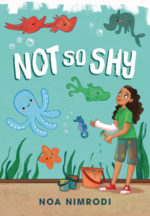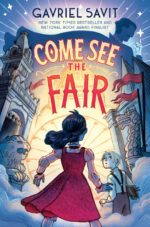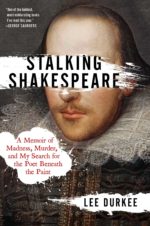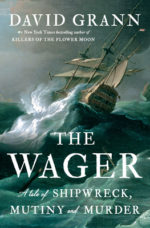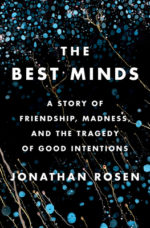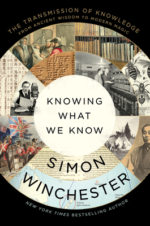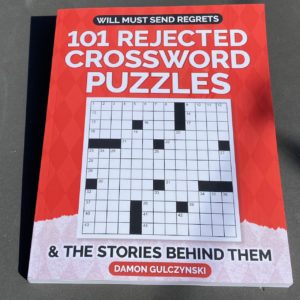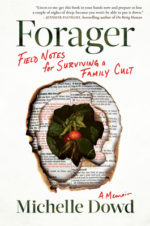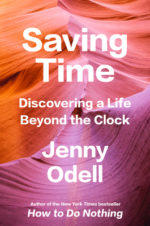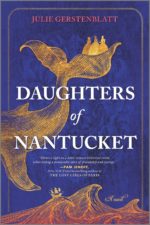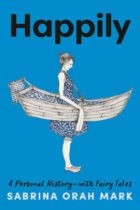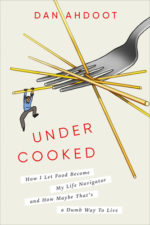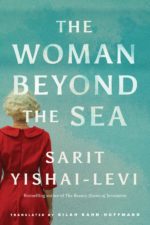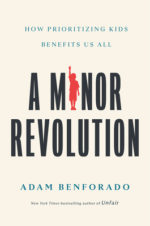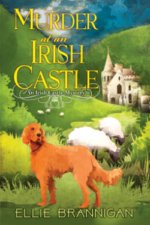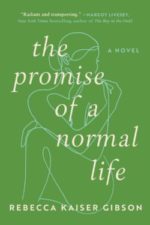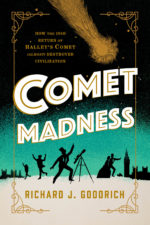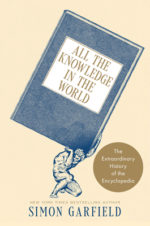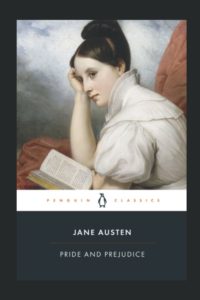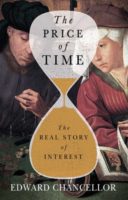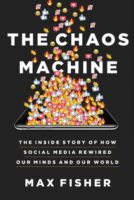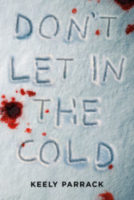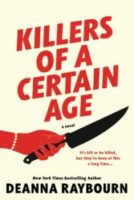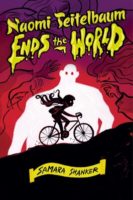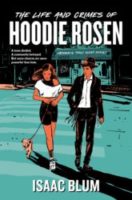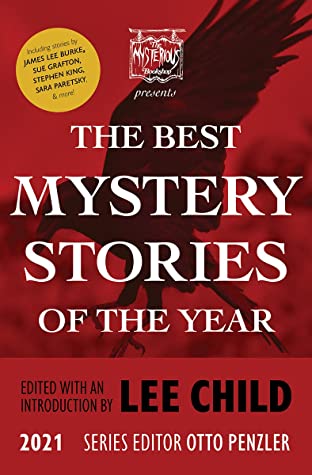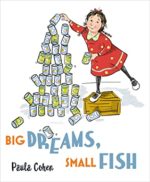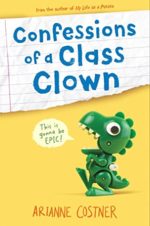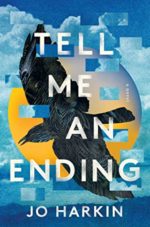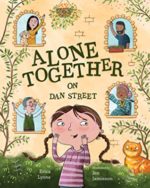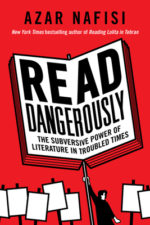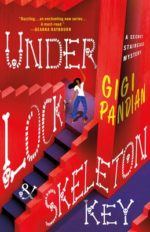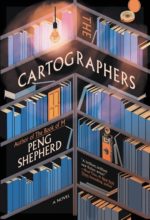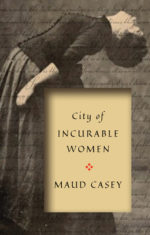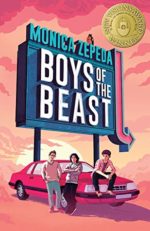
It’s time once again to take a peek at the TBR and a few books I’m especially excited about in the next month. Publication dates are as listed in March 2023 and are subject to change. Blurbs are from GoodReads/publishers.
The Last Cold Place: A Field Season Studying Penguins in Antarctica by Naira de Gracia (April 4)
In one of the most inhospitable environments in the world (for humans, anyway), Naira follows a generation of chinstrap penguins from their parents’ return to shore to build nests from pebbles until the chicks themselves are old enough to head out to sea.
In lively and entertaining anecdotes, Naira describes the life cycle of a funny, engaging colony of chinstrap penguins whose food source (krill, or small crustaceans) is powerfully affected by the changing ocean. Weaving together the history of Antarctic exploration with climate science, field observations, and her own personal journey of growth and reflection, The Last Cold Place illuminates the complex place that Antarctica holds in our cultural imagination—and offers a rare glimpse into life on this uninhabited continent.
Not So Shy by Noa Nimrodi (April 4)
Twelve-year-old Shai hates everything about moving to America from Israel. She’s determined to come up with a plan that will get her back home. Maybe she can go back with her grandparents when they come to visit. Or maybe she can win a drawing competition that offers a plane ticket to any destination in the world as the grand prize. Meanwhile she’s stuck navigating seventh grade in a language that used to be just a subject in school. As Shai faces antisemitism but also gains support from unexpected sources, she starts to see her new life with different eyes. Maybe home is a place in the heart.
Once Upon a Prime: The Wondrous Connections Between Mathematics and Literature by Sarah Hart (April 11)
We often think of mathematics and literature as polar opposites. But what if, instead, they were fundamentally linked? In her clear, insightful, laugh-out-loud funny debut, Once Upon a Prime, Professor Sarah Hart shows us the myriad connections between math and literature, and how understanding those connections can enhance our enjoyment of both.
Did you know, for instance, that Moby-Dick is full of sophisticated geometry? That James Joyce’s stream-of-consciousness novels are deliberately checkered with mathematical references? That George Eliot was obsessed with statistics? That Jurassic Park is undergirded by fractal patterns? That Sir Arthur Conan Doyle and Chimamanda Ngozi Adichie wrote mathematician characters? From sonnets to fairytales to experimental French literature, Professor Hart shows how math and literature are complementary parts of the same quest, to understand human life and our place in the universe.
As the first woman to hold England’s oldest mathematical chair, Professor Hart is the ideal tour guide, taking us on an unforgettable journey through the books we thought we knew, revealing new layers of beauty and wonder. As she promises, you’re going to need a bigger bookcase.
Come See the Fair by Gavriel Savit (April 11)
Twelve-year-old orphan Eva Root travels the country pretending to channel spirits at seances. Her audiences swear their loved ones have spoken to them from beyond the grave. This, of course, is impossible.
But one day, Eva experiences another impossibility: she hears a voice in her head telling her to come to the World’s Fair in Chicago. There, she meets a mysterious magician who needs her help to bring magic to life. But as their work progresses, Eva begins to suspect that the project’s goals may not be as noble as they seem. And when tragedy strikes, Eva will have to reach beyond death itself to unravel the mystery of the magician’s plan—before it’s too late.
Stalking Shakespeare: A Memoir of Madness, Murder, and My Search for the Poet Beneath the Paint by Lee Durkee (April 18)
Whisking us backward in time through layers of paint and into the pages of obscure books on the Elizabethans, Durkee travels from Vermont to Tokyo to Mississippi to DC and ultimately to London to confront the stuffy curators forever protecting the Bard’s image. For his part, Durkee is the adversary they didn’t know they had—a self-described dilettante with nothing to lose, the “Dan Brown of English portraiture.”
Where Coyotes Howl by Sandra Dallas (April 18)
1916. The two-street town of Wallace is not exactly what Ellen Webster had in mind when she accepted a teaching position in Wyoming, but within a year’s time she’s fallen in love—both with the High Plains and with a handsome cowboy named Charlie Bacon. Life is not easy in the flat, brown corner of the state where winter blizzards are unforgiving and the summer heat relentless. But Ellen and Charlie face it all together, their relationship growing stronger with each shared success, and each deeply felt tragedy.
The Wager: A Tale of Shipwreck, Mutiny and Murder by David Grann (April 18)
On January 28, 1742, a ramshackle vessel of patched-together wood and cloth washed up on the coast of Brazil. Inside were thirty emaciated men, barely alive, and they had an extraordinary tale to tell. They were survivors of His Majesty’s Ship the Wager, a British vessel that had left England in 1740 on a secret mission during an imperial war with Spain. While the Wager had been chasing a Spanish treasure-filled galleon known as “the prize of all the oceans,” it had wrecked on a desolate island off the coast of Patagonia. The men, after being marooned for months and facing starvation, built the flimsy craft and sailed for more than a hundred days, traversing nearly 3,000 miles of storm-wracked seas. They were greeted as heroes.
But then … six months later, another, even more decrepit craft landed on the coast of Chile. This boat contained just three castaways, and they told a very different story. The thirty sailors who landed in Brazil were not heroes – they were mutineers. The first group responded with countercharges of their own, of a tyrannical and murderous senior officer and his henchmen. It became clear that while stranded on the island the crew had fallen into anarchy, with warring factions fighting for dominion over the barren wilderness. As accusations of treachery and murder flew, the Admiralty convened a court martial to determine who was telling the truth. The stakes were life-and-death–for whomever the court found guilty could hang.
The Best Minds: A Story of Friendship, Madness, and the Tragedy of Good Intentions by Jonathan Rosen (April 18)
Fearing the prospect of a life spent bagging groceries, Michael decided to play the one card left to him: just before his break, he had been accepted to Yale Law School, and now, against all odds, he planned to enroll. Still struggling mightily with schizophrenia, Michael made it through the top law school in the country. His extraordinary story was featured in the New York Times; an agent sold his memoir to a major publisher for a large sum; Ron Howard swept in to acquire film rights, and Brad Pitt was set to star. It was all a dream come true for Michael and his tirelessly supportive girlfriend Carrie. But then Michael, in the grip of an unshakeable paranoid fantasy, and no longer medicated, stabbed Carrie to death with a kitchen knife and became a front-page story of an entirely different sort.
Knowing What We Know: The Transmission of Knowledge: From Ancient Wisdom to Modern Magic by Simon Winchester (April 25)
From the creation of the first encyclopedia to Wikipedia, from ancient museums to modern kindergarten classes–this is a look at how humans acquire, retain, and pass on information and data, and how technology continues to change our lives and our minds.
With the advent of the internet, any topic we want to know about is instantly available with the touch of a smartphone button. With so much knowledge at our fingertips, what is there left for our brains to do? At a time when we seem to be stripping all value from the idea of knowing things–no need for math, no need for map-reading, no need for memorization–are we risking our ability to think? As we empty our minds, will we one day be incapable of thoughtfulness?
A Sleight of Shadows (The Unseen World, #2) by Kat Howard (April 25)
After taking down the source of the corruption of the Unseen World, Sydney is left with almost no magical ability. Feeling estranged from herself, she is determined to find a way back to her status as one of the world’s most dangerous magicians. Unfortunately, she needs to do this quickly: the House of Shadows, the hell on earth that shaped her into who she was, the place she sacrificed everything to destroy, is rebuilding itself.
“The House of shadows sits on bones. All of the sacrifices, all of the magicians who died in Shadows, they’re buried beneath the foundations. Bones hold magic.”

